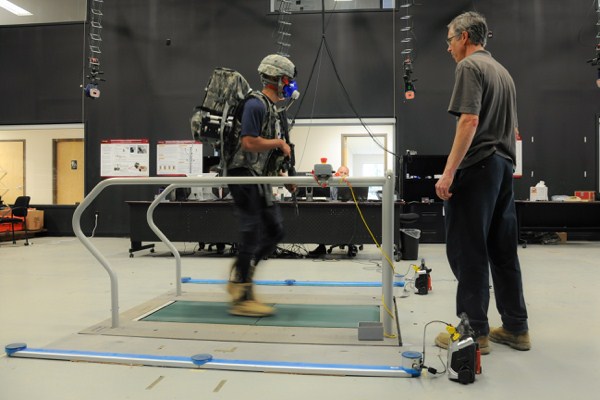Today none of America’s adversaries is close to matching the U.S. military’s capabilities, but U.S. defense leaders, both uniformed and civilian, worry that others are using advances in force-multiplying technologies to catch up. Should these opponents ever come to believe they’ve forged ahead in this race for cutting-edge capabilities, they might be tempted to resort to armed aggression, unleashing a war that would otherwise have been deterred. After all, strategic superiority is not simply a matter of who has the most troops and weapons, who spends the most on defense and who has today’s most advanced technologies. It is also about who wins the ongoing contest of military innovation to possess tomorrow’s winning ideas.
A few decades ago the United States was the undisputed master of this contest. Flush with money, the Department of Defense could chase after a range of new concepts and technologies without worrying that they might lead to dead ends. Efficiency was not a consideration. Now shrinking defense budgets make failure harder to bear: Innovation must be efficient. As Ernest Rutherford, winner of the Nobel Prize in Nuclear Physics, once said, “Gentlemen, we have run out of money. It is time to start thinking.” The stakes of the military innovation contest have increased at the same time that the playing field has leveled.
Over the past century, American military innovation has followed a distinct pattern, with new strategic challenges often serving as inspiration for new thinking. In the 1970s, for instance, growing Soviet military power in Europe led the U.S. Army and Air Force to create a bold new warfighting doctrine called AirLand Battle to trump Moscow’s numerical superiority with operational speed and synchronization. With the end of the Cold War, America’s strategy challenge became to minimize U.S. casualties during military operations so as to sustain public support for the use of force. This led to what became known as the “revolution in military affairs” based on long-range strikes, increased precision strikes and rapid, integrated operations intended to collapse an enemy’s will to resist. When faced with the strategic challenge of insurgency in Iraq and Afghanistan, the U.S. military quickly developed innovative new methods of counterinsurgency, both the “population-centric” form with a large American military presence and then a “light footprint” method relying on drone strikes and Special Operations Forces.

